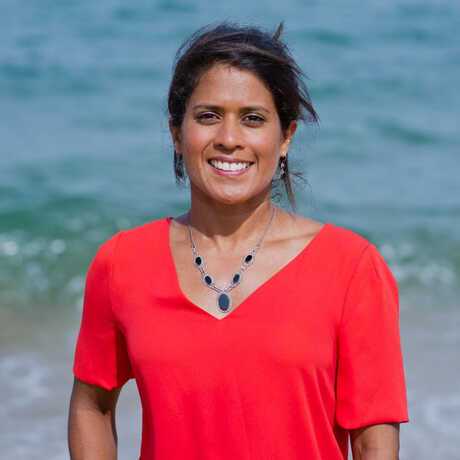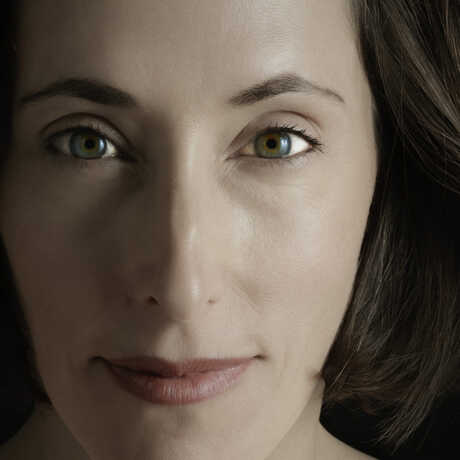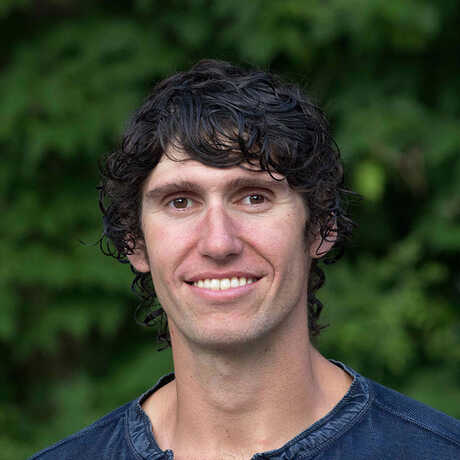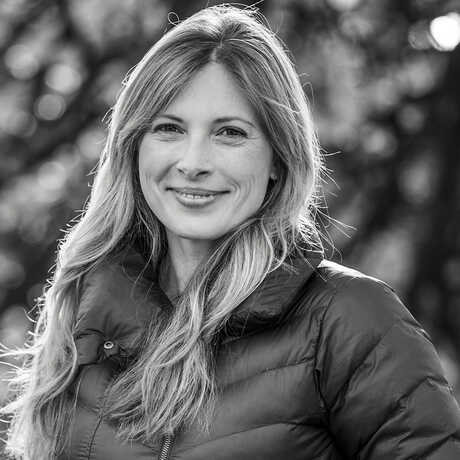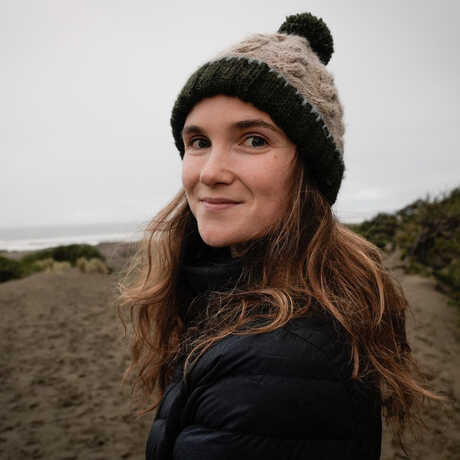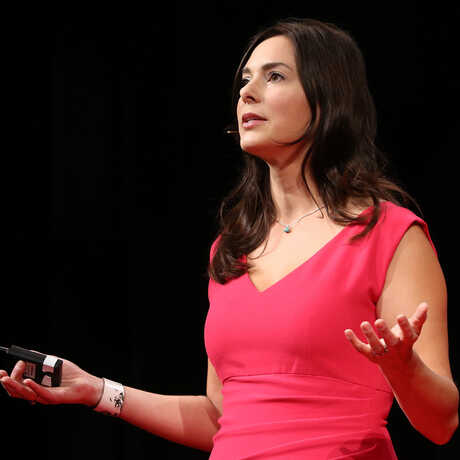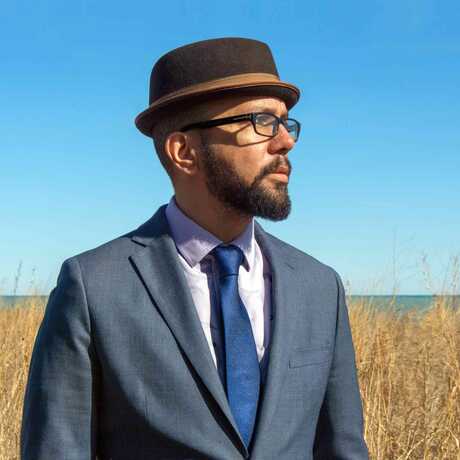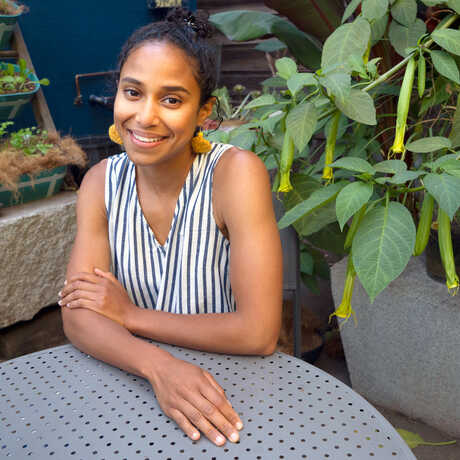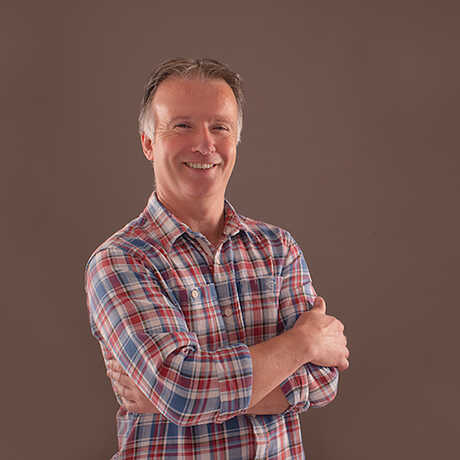Vincent Medina and Louis Trevino, Cafe Ohlone
Vincent Medina (pictured at left), President of the Ohlone Indian Tribe, is an East Bay Ohlone man born and raised within his ancestral homeland, halkin (hall-keen), which encompasses the heart of the East Bay. Founder of the cultural institution mak-'amham and the internationally acclaimed Cafe Ohlone, and leader of the unprecedented 'ottoy (oh-toy) Initiative at the University of California, Berkeley, Vincent has consistently dedicated his life to the continuity of his beautiful and enduring East Bay Ohlone culture. His efforts have led to tremendous success, with more on the horizon, including with the recent establishment of the mak-warép Ohlone Land Conservancy. A speaker and the teacher of Chochenyo, the Indigenous language of the East Bay, Vincent is a board member of the Advocates for Indigenous California Language Survival. A thought leader engaged with science centers and museums across the Bay Area, including the Lawrence Hall of Science, the California Academy of Sciences, the Chabot Space and Science Center, and the Exploratorium, Vincent is reshaping public discourse on the complexity of Ohlone knowledge. His vision and leadership are inextricably rooted in the oldest identity of the East Bay, and his work is conducted with the loving support of his partner, Louis, and the sincere blessing of his elders, and follows in the footsteps of his ancestors. Vincent's profound vision and genuine dedication continues to immeasurably enrich the entire Bay Area.
Louis Trevino (pictured at right), First Gentleman of the Ohlone Indian Tribe, is an Ohlone cultural leader. Under the leadership of his partner Vincent Medina, Louis co-founded the cultural institution mak-'amham; the internationally acclaimed Cafe Ohlone; the unprecedented 'ottoy (oh-toy) Initiative on the campus of the University of California, Berkeley; and the mak-warép Ohlone Land Conservancy. Louis is a graduate of UC Berkeley; his work on the restoration of the Rumsen Ohlone language of Carmel Valley has led to greater access to and knowledge of the Rumsen language. Louis is an integral part of relationship building with science centers and museums across the Bay Area, including the Lawrence Hall of Science, the California Academy of Sciences, the Chabot Space and Science Center, and the Exploratorium. In addition to his advocacy and educational work, Louis is a traditional artisan and regalia maker of Ohlone finery and a renowned student of Ohlone archives—his work, conducted with accountability to community elders, is done with a great love for Ohlone culture and tradition and is guided by the love and leadership of his partner Vincent.






